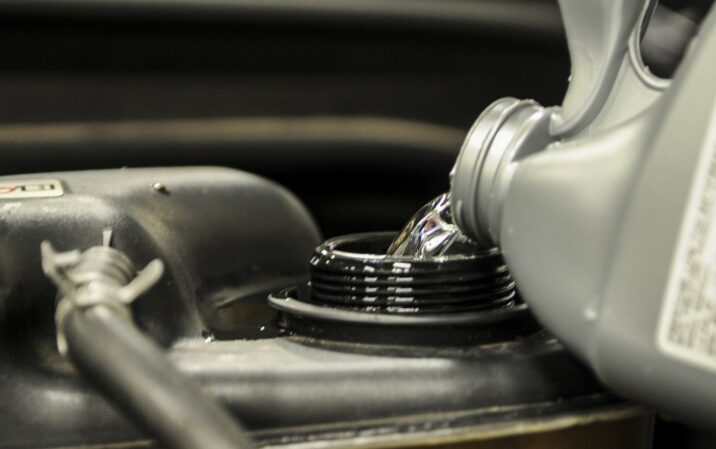Winter is such a wonderful season for taking trips to explore the winter landscapes, go skiing or simply to just escape to your favorite magical winter getaway spot. But you won’t be able to do that, at least not safely, if you car is not prepared for the coming winter. It’s easy to just get in the car, start it up and head out, but it is a bit different for winter time. There are certain steps you need to take in order to ensure your safety on the road and the probability of reaching your destination.
1. Put winter tires on, best way to prepare your car for winter
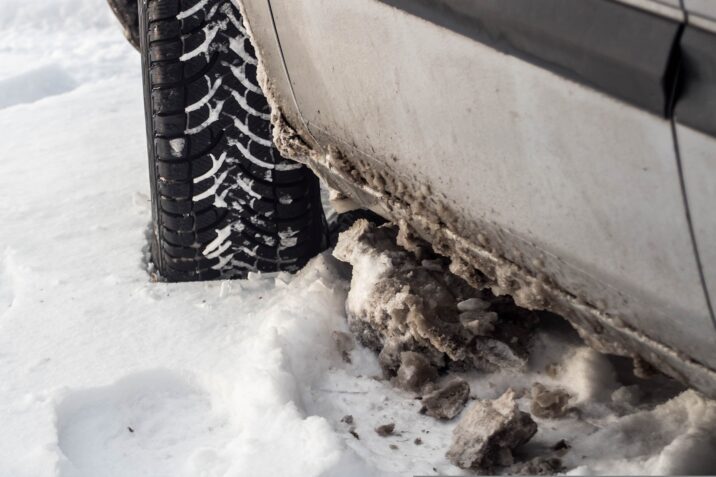
Driving in cold weather is no joke. Even if there is no snow where you live, low temperature alone is enough to change the handling of your car’s tires. Give yourself the best chance of staying on the road by putting tires with a tread pattern that is designed for low temperature, wet roads, snow as well as ice.
Even though you plan to put winter tires on, you should not forget to pack your snow chains in the trunk. There are some conditions where even winter tires won’t be able to get you out of the snow and ice.
2. Check the thread depth of your tires
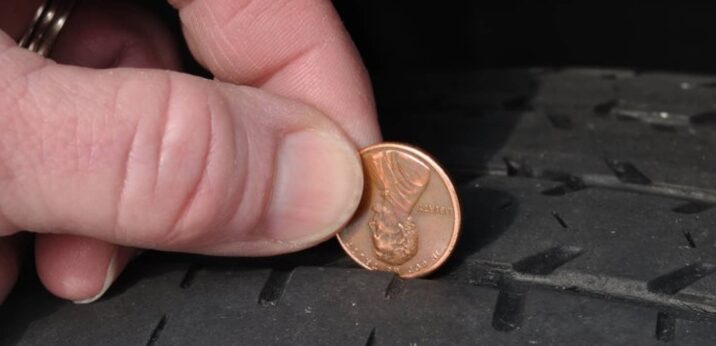
So, you have the winter tires you used last winter and you want to use them again this year? Perfect, that is a great way to save money and reuse stuff you already have. After all, there’s no reason to replace your winter tires every year. Unless, you’ve used them up already.
The best way to determine whether or not your winter tires are safe for the road is to measure their thread depth. There are a few ways you could do that, the easiest and cheapest way to do so is to take a penny and place it between the threads of each tire. Turn the penny in the direction where Lincoln’s head is pointing straight down towards the thread. If the top of his head disappears in the thread, then you’ve got a safe amount of tire thread left, otherwise, you are due for new winter tires.
Most state regulations require 2/32” of tire thread, but you’re better of aiming for 4/32” just to make sure that you’re driving with tires in a good condition.
3. Check the engine coolant
The engine in your car uses a coolant to maintain proper work temperature and in the summer, even water can be used as coolant, but it’s a strong no-go for winter. Water can freeze before you know it and you won’t be able to use your car. Even worse is that you can severely damage the engine if you try to run it like this.
That is why you need to check the kind of coolant that you have in your car, if it is a coolant for warm, summer days, you should replace it immediately. Otherwise, check to see if the coolant level is within the required values and you are good to go.
4. Inspect the battery
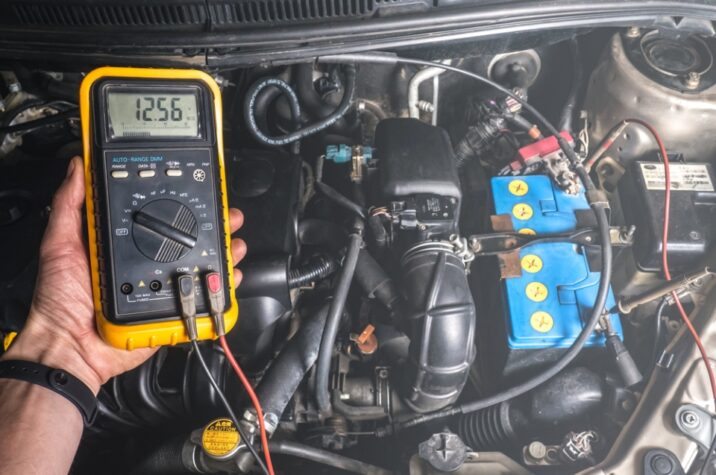
One of the most common reasons why a car doesn’t start in the winter is an aging battery. Well, it doesn’t have to be too old for it to not be able to start your car.
If you really want to know whether your car battery is in good condition, you need to inspect it with a multimeter to determine if the voltage levels are within the recommended spec, which should be written on the battery itself. If that sounds too complicated, your local mechanic will be happy to do it for you.
5. Replace the wiper fluid
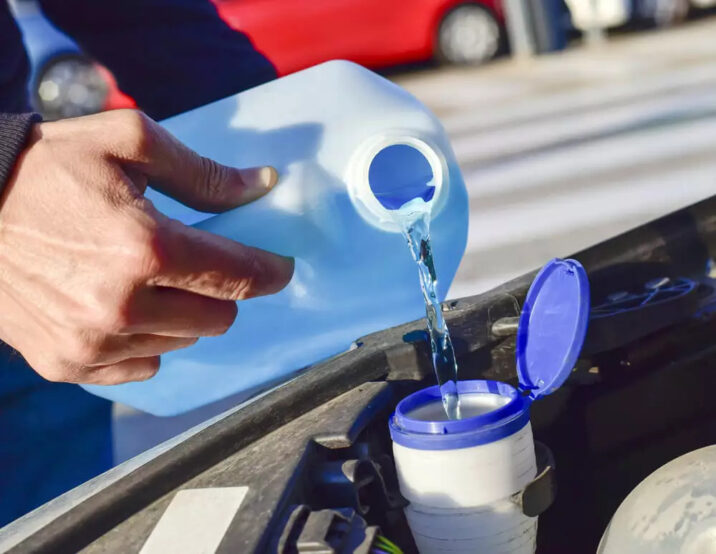
Due to the high occurrence of bugs and mosquitos during summer time, most of us use wiper fluid that is designed to unstick those nasty creatures from your windshield to make it easy for the wiper blades to remove them. However, winter has different requirements.
In winter time, it is of highest importance that the wiper fluid does not freeze and have the ability to aid in the defrosting of the windshield. That is why you should replace the wiper fluid at the beginning of the winter season with a specific fluid designed for winter conditions.
On this topic, if you live in an area that gets a lot of snow, it might also make sense to replace your wiper blades with winter blades which are heavier and are much better at pushing snow and ice off of your car’s windshield.
